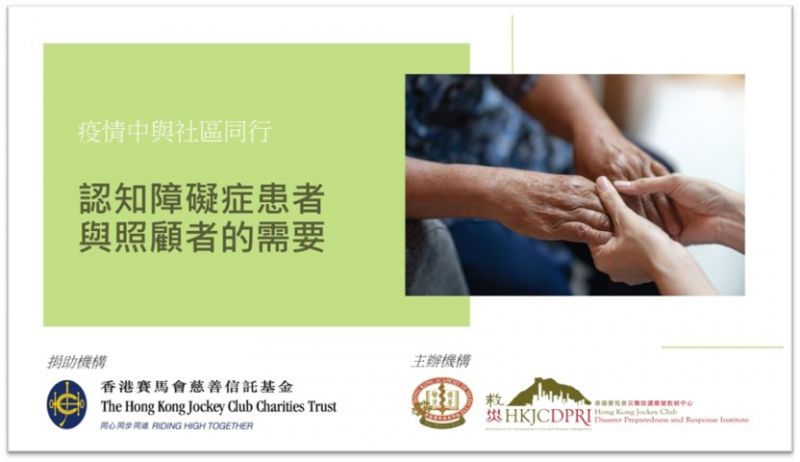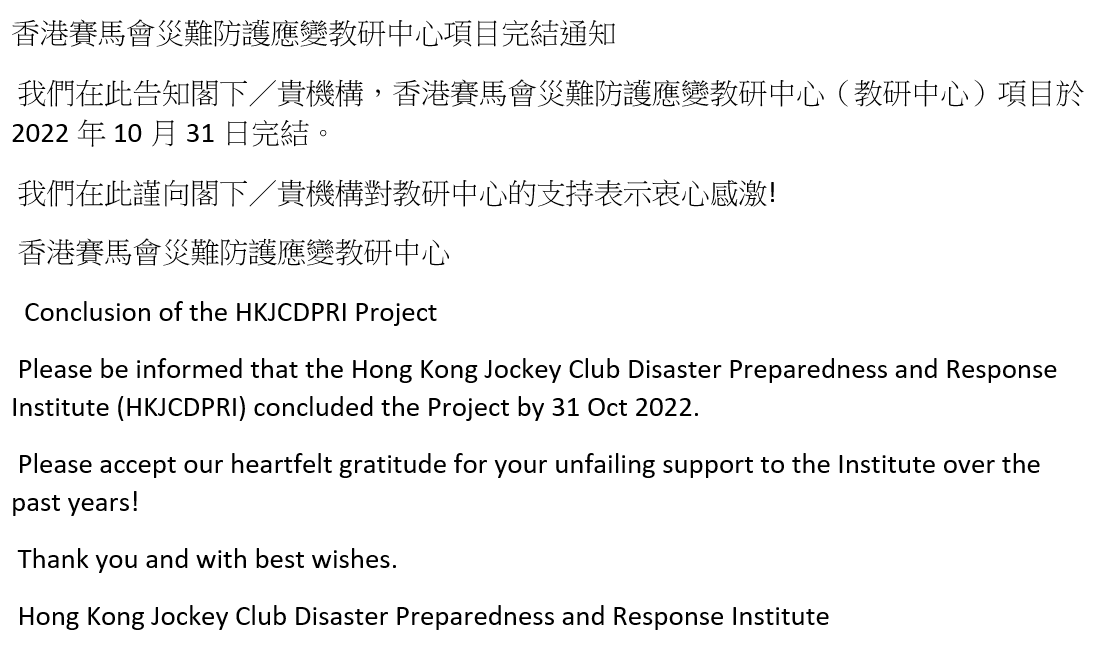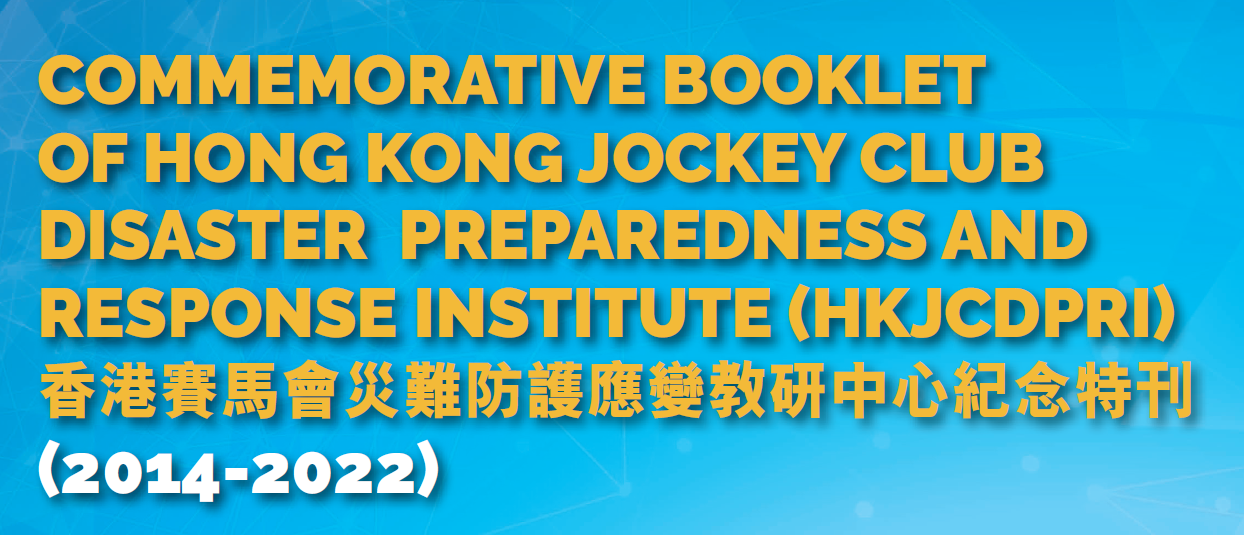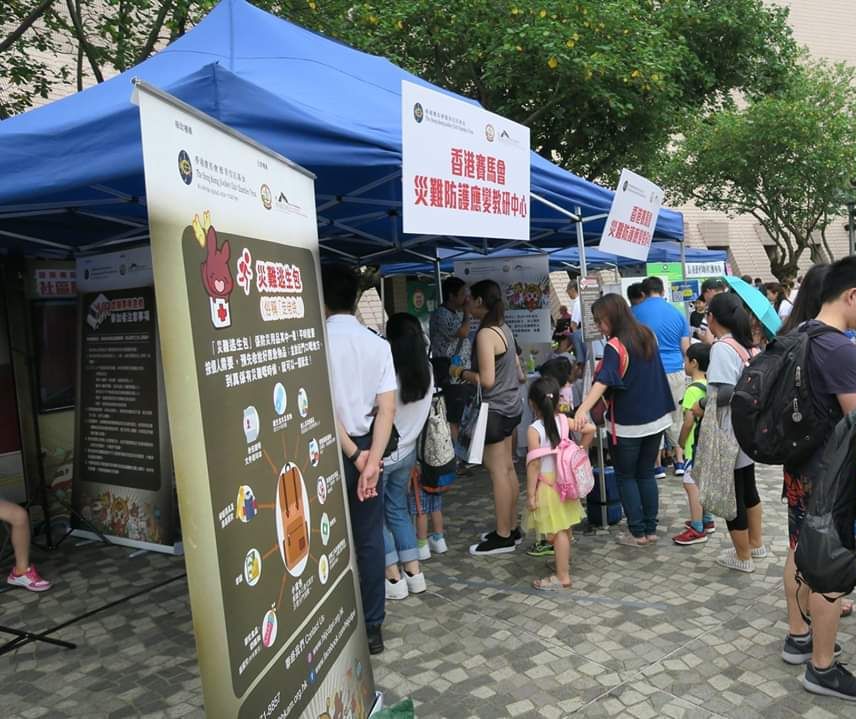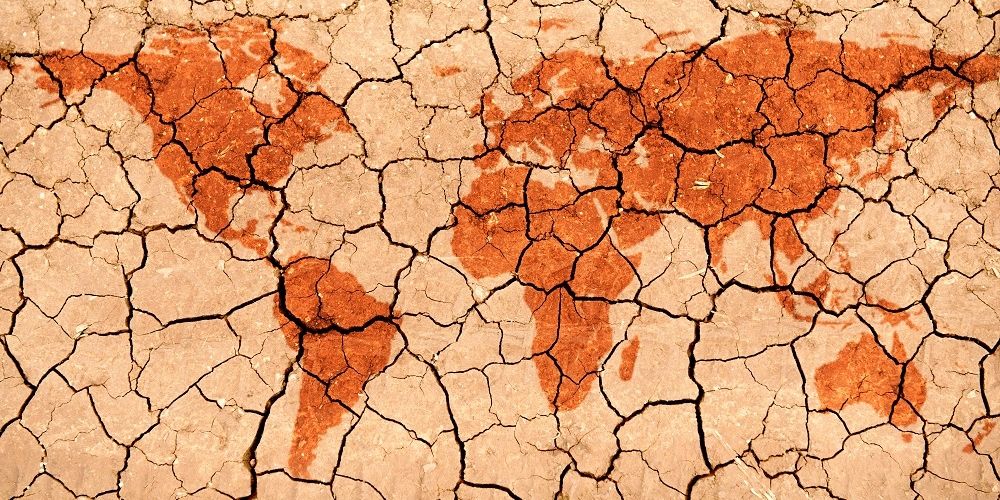楊樂恩
2019冠狀病毒病在香港已持續近11個月。數據顯示,年齡較大或有慢性疾病的患者(例如高血壓、心肺疾病、糖尿病或癌症等),有較大機會出現嚴重情況[1]。除了以上風險因素外,居住環境都是其中一個提高感染風險的因素。例如居住在人口密集的分間樓宇單位(例如劏房或籠屋)裡,患上2019冠狀病毒病的風險可能較高。究竟有什麼因素會增加劏房住戶受感染的風險呢?
- 室內通風:分間樓宇單位一般缺乏窗戶,而且物件因空間有限,需要向高處堆放,有機會阻隔主要通風口而導致室內通風較差[2],加上居民的生活及走動空間有限,病毒較易在住客間傳播[3]。
- 廚廁共用:統計處2016年《中期人口統計主題性報告》指出, 約30%的分間樓宇單位居民需要共用廚房,而約5%居民則需要共用厠所[4]。共用的廁所或廚房衛生環境通常較差[5],加上地方狹小難以保持社交隔離,病毒傳播的風險因此增加。
- 社會經濟地位:統計處同一報告指出,分間樓宇單位居民的平均每月收入較全港住戶低(分別為$13,500及$25,000)[4],購買口罩和洗手液等個人防護用品會為他們帶來更大的負擔[6]。
- 被邊緣化的群體:分間樓宇單位居民多為被邊緣化的群體,如新移民、少數族裔或獨居老人等,由於語言不通或渠道不足,較難接觸到防疫資訊和社區支援等[7]。
面對較高的感染風險,分間樓宇單位居民如何在資源有限的情況下,好好保護自己呢?大家可以參考以下貼士:
1. 回家後:

2. 處理U型聚水器和廁所
- 沖廁前蓋上廁板蓋
- 每星期一次或以上,在家中所有地台去水口位置注入兩大杯水

3. 如漂白水不足
- 使用普通清潔劑和肥皂,甚至只用清水,抹掉傢俬或地面上的塵埃和污垢,因「塵埃污垢」能令細菌容易積聚。
每次清潔完都要抹乾,並保持室內乾爽及空氣流通

4. 如「消毒殺菌」成份洗手液及酒精搓手液不足

5. 如口罩不足
除了以上防疫貼士,分間樓宇單位居民在疫情持續下,面對家庭照顧和收入減少等壓力增加,有機會出現情緒困擾;早前有調查更指逾7成受訪劏房照顧者出現抑鬱情緒,甚至會有輕生念頭,社會大眾宜多關注[8] 。
參考資料:
[1] Centre for Health Protection (2020). Coronavirus Disease 2019 (COVID-19). Centre for Health Protection. Retrieved from [Retrieved 15 Sept 2020]
[2] Dawn, D., Sawicki, M., Wong, J. (2013) Subdivided Housing Issues of Hong Kong: Causes and Solutions: an Interactive Qualifying Project, p.11. Worcester Polytechnic Institute.
[3] Lai, K. M., Lee, K. M., & Yu, W. (2016). Air and hygiene quality in crowded housing environments – a case study of subdivided units in Hong Kong. Indoor and Built Environment, 26(1), 32–43. doi:10.1177/1420326x15600042
[4] Thematic Report: Persons Living in Subdivided Units. Census and Statistics Department, Hong Kong Special Administrative Region. (2016)
[5] 熱窩(住屋權報告書), Hong Kong People's Council on Housing Policy. 2000 [p. 25]
[6] Chui, C.H.K. & Ko, A. (2020) Converging humanitarian technology and social work in a public health crisis: a social innovation response to COVID-19 in Hong Kong, Asia Pacific Journal of Social Work and Development, DOI: 10.1080/02185385.2020.1790412
[7] Migrant workers in cramped Gulf dorms fear infection, The Economist, 23 April 2020 [Retrieved 15 Sept 2020]
[8] 調查指7成劏房照顧者因疫情感抑鬱 9成指經濟成壓力來源, Hong Kong Economic Times, 18th May 2020 [Retrieved 15 Sept 2020]
楊樂恩 Yeung, Tiffany Lok-yan
於London School of Hygiene & Tropical Medicine 公共衛生碩士畢業,現為同所大學的博士學生。工作經驗包括災難防護培訓,研究和教育。




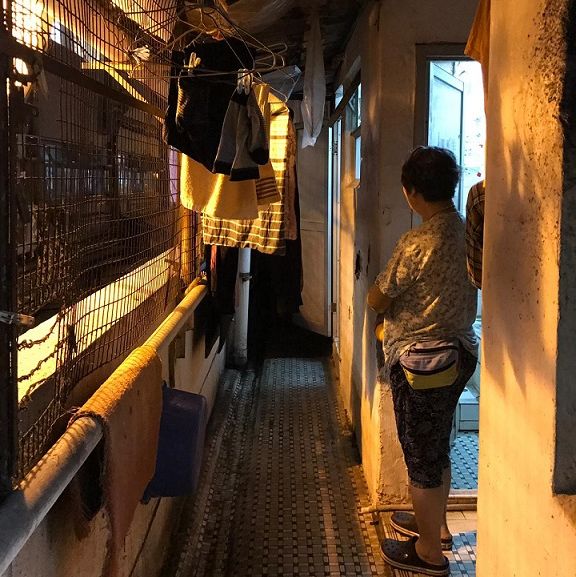




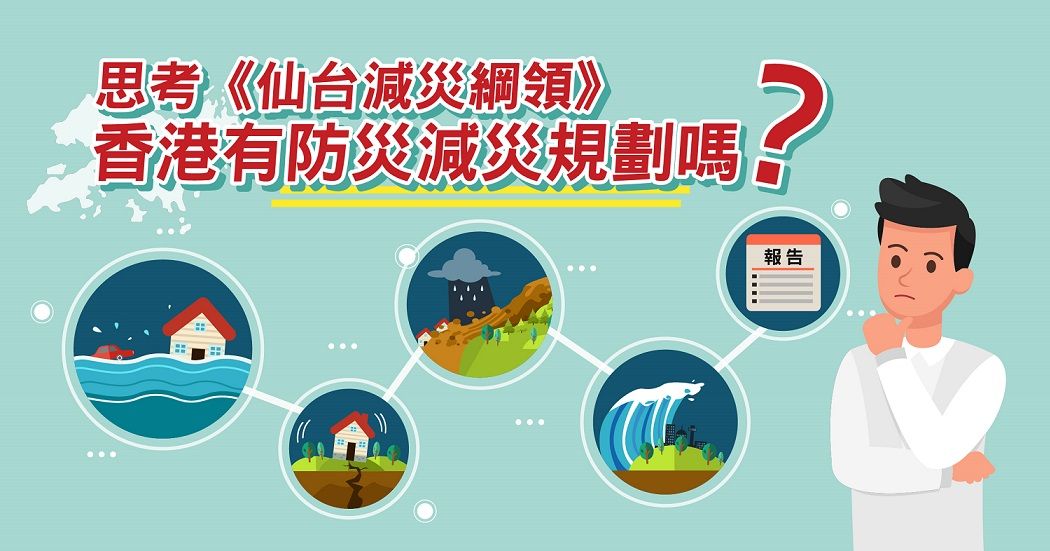




 2019新型冠狀病毒病疫情影響著我們每一個人,即使我們並沒有染上疫症,也影響著我們每天的生活。照顧患有認知障礙症的親屬,想必會在疫情期間遇到不少壓力,而照顧者在注意患者的需要時,亦需要照顧好自己的需要,讓自己有休息的空間和時間,保持正面的態度以應付每天的生活。我們特別邀請認知障礙症患者照顧者許思思女士及呼吸微笑身心正念中心臨床心理學家陳燕妮女士分享疫情中的挑戰,希望照顧者學懂照顧自己,並同樣獲得關注。
2019新型冠狀病毒病疫情影響著我們每一個人,即使我們並沒有染上疫症,也影響著我們每天的生活。照顧患有認知障礙症的親屬,想必會在疫情期間遇到不少壓力,而照顧者在注意患者的需要時,亦需要照顧好自己的需要,讓自己有休息的空間和時間,保持正面的態度以應付每天的生活。我們特別邀請認知障礙症患者照顧者許思思女士及呼吸微笑身心正念中心臨床心理學家陳燕妮女士分享疫情中的挑戰,希望照顧者學懂照顧自己,並同樣獲得關注。